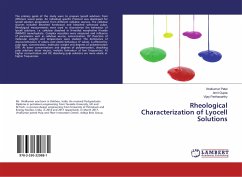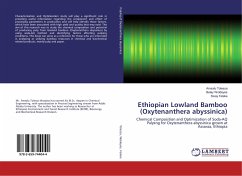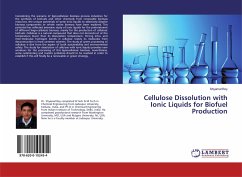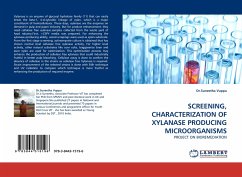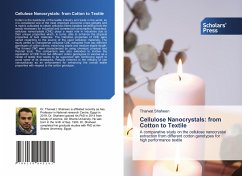
Vegetal biomass to natural organic flocculants
Versandkostenfrei!
Versandfertig in 6-10 Tagen
27,99 €
inkl. MwSt.

PAYBACK Punkte
14 °P sammeln!
Lignocellulose is the major component of biomass available on earth. It is abundant, inexpensive, renewable and has potential for bioconversion to value-added bio-products. The use of biotechnology tools can expand the range of natural bio-resources, reduce the cost conversion and also increase the yield of the product of interest. It is well documented that both natural and synthetic cationic polymers can be used as primary coagulants in water treatment. The focus in this review is on the use of cationic and anionic polyelectrolytes in the coagulation and flocculation processes. The paper beg...
Lignocellulose is the major component of biomass available on earth. It is abundant, inexpensive, renewable and has potential for bioconversion to value-added bio-products. The use of biotechnology tools can expand the range of natural bio-resources, reduce the cost conversion and also increase the yield of the product of interest. It is well documented that both natural and synthetic cationic polymers can be used as primary coagulants in water treatment. The focus in this review is on the use of cationic and anionic polyelectrolytes in the coagulation and flocculation processes. The paper begins with an overview of the lignocellulosic biomass composition. Information's are also given on the coagulation-flocculation technologies, especially the processes involving the achievement of natural organic flocculants from vegetal biomass, followed by concluding remarks.




